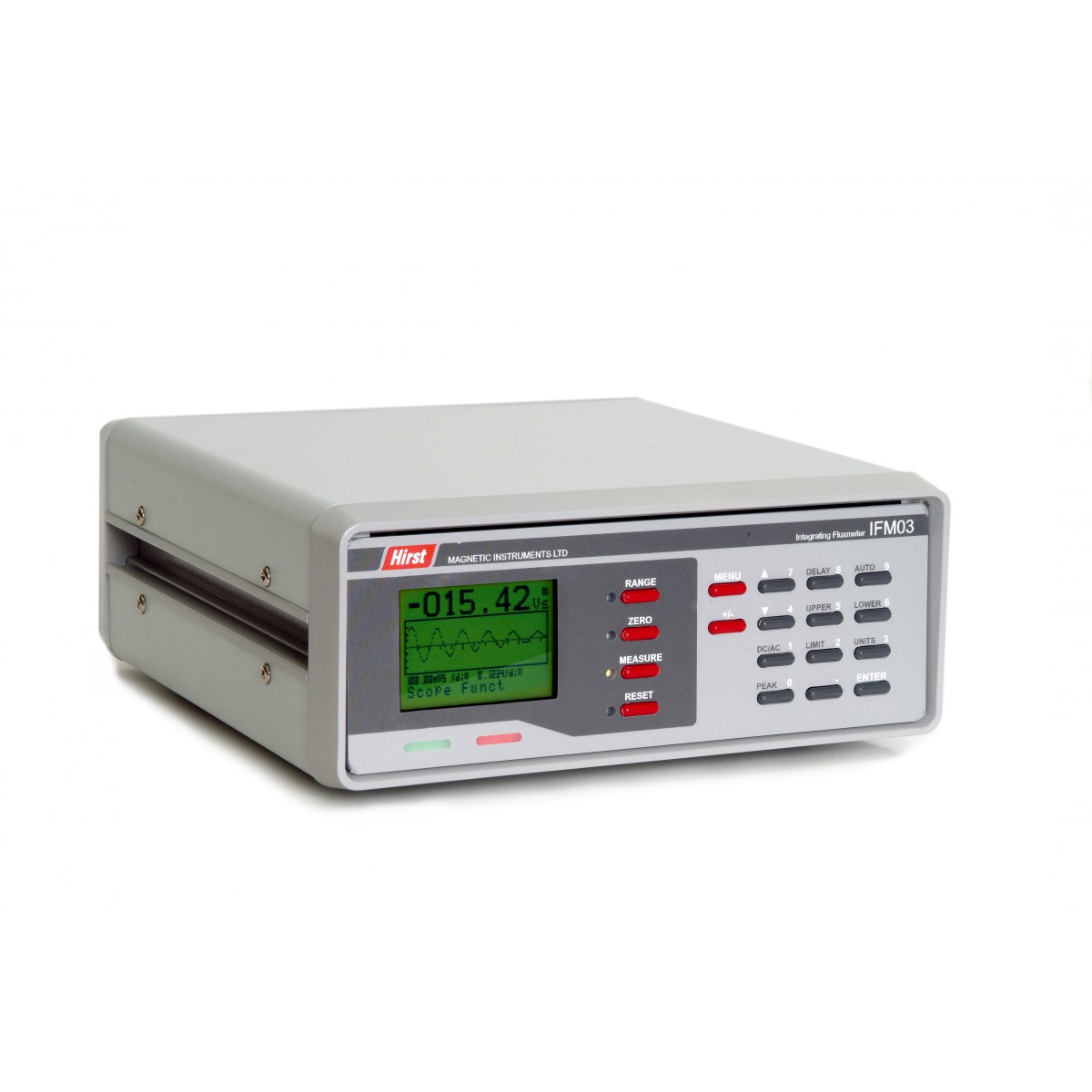DX-201 Fluxmeter. With the design of low-drift electronic integrating circuit, DX-201 fluxmeter is mostly characterized by the rapid testing induction response and no loss of testing data. The user can measure samples with pulling method, and the test data can. The radiative fluxmeter is composed of a total fluxmeter, on top of which a 1-mm thick sapphire window is mounted. Hence, the convective component of the total heat flux is suppressed by the sapphire window. Figure 4 shows its spectral transmittance τ s. Download: Download high-res image (122KB) Download: Download full-size image; Fig.
Age: 32Reset settings
Your body has a non-linear 'dose-response' to light. This graph shows you how light of various intensities translate to a shift in your circadian timing.
When you see light in the morning, it makes your day shorter, and when you see bright light at night, you stay up later.
'Phase shift' shows how much you can move your body clock in just one night if you see it for long enough (a few hours) at the right time of day, typically before bed. Audio converter download mac. Also, you can see how the light compares to being outdoors on a sunny day, which can shift your body's internal clock by up to 3 hours. This is how your body adjusts its clock when traveling to another timezone.
Powerpoint presentation software, free download for mac. To find this number, we're using a best fit from several published studies, with subjects who viewed light exposures ranging from 90 minutes to 6 hours.
What's this?Fluxmeter 2130
'EDI' is 'equivalent daylight illuminance' and expresses how much melanopic stimulation a light has with a similar level of daylight (D65). Melanopic irradiance describes how the melanopsin-containing cells in your retina react to light. These cells provide the major input to the circadian pacemaker at high light levels. At lower levels, and when things are changing, the rods and cones appear to provide an important part of the response. For melanopic quantities, values below 5 equivalent daylight lux have little effect in shifting your circadian phase, and more than about 500 equivalent daylight lux is expected to saturate the melanopic response. [Lucas 2014, Gooley 2010]
Fluxmeters
What's this?Fluxmeter Price
